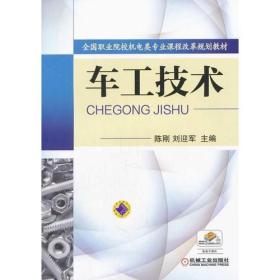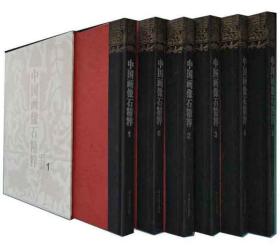
正版现货新书 理工科物理实验(英文) 9787516031902 郑宁, 刘伟, 史庆藩
全新正版现货,以书名为准,放心购买,购书咨询18931383650朱老师
¥ 18.44 4.1折 ¥ 45 全新
库存3件
北京丰台
认证卖家担保交易快速发货售后保障
作者郑宁, 刘伟, 史庆藩
出版社中国建材工业出版社
ISBN9787516031902
出版时间2021-09
装帧平装
开本16开
定价45元
货号29298544
上书时间2024-10-15
- 在售商品 暂无
- 平均发货时间 9小时
- 好评率 暂无
- 最新上架
商品详情
- 品相描述:全新
- 商品描述
-
目录
Unit 1 Introduction to Data Processing and Analysis
Chapter 1.1 Error Theory and Data Processing
Chapter 1.2 Application of Origin
Unit 2 Basic Experiments for Mechanics, Optics, and Electromagnetics
Experiment 2.1 Measurement of Fundamental Mechanical Parameters
Experiment 2.2 Digital Oscilloscope
Experiment 2.3 Moment of Inertia of a Rigid Body
Experiment 2.4 Measuring Young s Modulus of a Metal Wire by a Static Strain Method
Experiment 2.5 Measuring Young s Modulus of a Metal Rod by the Vibration of a Cantilever
Experiment 2.6 Focal Length and Images of a Thin Lens
Experiment 2.7 Interference of Light
Experiment 2.8 Diffraction of Light
Experiment 2.9 Polarization of Light
Experiment 2.10 Refractive Index Measured by a Spectrometer
Experiment 2.11 Michelson Interferometer
Experiment 2.12 Millikan Oil-drop Experiment
Experiment 2.13 Franck-Hertz Experiment
Experiment 2.14 Measurement of Hall Effect
Experiment 2.15 Nuclear Magnetic Resonance
Unit 3 Comprehensive Experiments for Mechanics, Optics,Electromagnetics and Modern Physics
Experiment 3.1 Measurement of Sound Velocity
Experiment 3.2 Resistance Strain Sensor
Experiment 3.3 Kelvin Double Bridge
Experiment 3.4 Nonlinear Circuits and Chaos
Experiment 3.5 Transients in an RLC Series Circuit
Experiment 3.6 Magnetization Performance of Ferromagnetic Materials
Experiment 3.7 Characteristics of Silicon Photovoltaic Cells and Solar Panels
Experiment 3.8 Measurement of Refractive Index of a Medium by Total Internal Reflection of Light
Experiment 3.9 Photoelectric Effect and Measurement of Planck Constant
Experiment 3.10 Characteristics of Infrared Light Emitting Diodes
Experiment 3.11 Holography
Experiment 3.12 Electro-optic Effect of a Crystal
Experiment 3.13 Photoelectric characteristics of liquid crystal
Experiment 3.14 Saturated Static Pressure of Granular Particles in a Silo
Experiment 3.15 Scanning Electron Microscopy
APPENDIX
REFERENCES
内容摘要
The textbook involves thirty college experiments in the field of mechanics, thermodynamics, electromagnetism, optics and modern physics. The textbook is organized as follows: the first part including Chapter 11 and 12 introduces the error theory, as well as the skill to process and analyze data with using Origin software. Specifically, experimental skills such as experimental tablemaking, scientific calculation, figure plotting, standard deviation, error transfer, curve fitting and other will be learned.The part two consists of fifteen fundamental experiments which train students to grasp basic experimental skills. In the third part, students will challenge fifteen advanced and comprehensive experiments, and develop their independent and innovative thinking.
— 没有更多了 —














以下为对购买帮助不大的评价